In the third and final part of Next Steps for Museums to Build Community and Audience, Mantej Singh, shares with ReReeti, his thoughts on Community Pride, Museums and Regional Australia.
Recently I visited some towns in regional New South where the population was anywhere between 3,000 to 40,000. As I travelled between these towns, the soil on the side of the road was red, there were Emu’s, goats, sheep and John Deer Farm Machinery all along the way, and then there were museums.
My first stop was the Old Dubbo Gaol (www.olddubbogaol.com.au) at Dubbo (population 40,000). It told the story of a remarkably complete and intact gaol that operated for 119 years from 1847 to 1966 and is still nestled in the main street of Dubbo. Exhibits allowed visitors to hear a prisoner talk about solitary confinement from a dark cell, to see prisoners trying to escape through the roof, get inside a padded cell and see the hangman’s kit and gallows. Contrasting the 19th and 20th century buildings of the Old Dubbo Gaol was my next destination – Dubbo’s Western Plain Cultural Centre (WPCC) (www.westernplainsculturalcentre.org) – a modern community and cultural hub established in 2007 to house the former collections of the Dubbo Museum and Dubbo Regional Gallery. WPCC provided assisted in the preservation and growth of the region’s identity by displaying objects of agricultural or technological development, those belonging to pioneers, entrepreneurs, and significant possessions of people who were born and bred in Dubbo.
From Dubbo, I went to Gilgandra (Population 3,000) and visited the Coo-ee Heritage Centre which comprises 3 Small Museums about the history of the area, a Visitor Information Centre and Gilgandra Art Gallery. The Gilgandra District is predominantly an agricultural area with sheep, beef cattle and winter cereal cropping being the main enterprises. A key highlight is the exhibit on the Coo-ee March that depicts the journey of the 35 men who left Gilgandra in 1915 hoping to attract volunteers to join them to enlist for service in World War I.
They held recruiting drives in many towns along their march route to Sydney and on arrival their number totalled 263 men fit for service. Significant items from the march are on display including the flags they carried.[i][ii] From Gilgandra, a drive of 4 hrs took me to Bourke (population 2,000), where I visited the expansive Back O’ Bourke Exhibition Centre (www.bourke.nsw.gov.au/tourism/back-o-bourke-exhibition-centre), nestled in a spectacular natural setting amongst the river red gums on the banks of the Darling River. The centres series of interactive installations take the visitor on a journey the rich cultural history of the Australian Outback from early exploration, the poets, local bushrangers, the grazing industry, local legends and conflicts.[iii]
From Dubbo to Gilgandra to Bourke, the museums captured the story of community identity and belonging, around local history. Whether it was the Coo-ee march in Gilgandra, the agricultural machinery and jail cells in Dubbo or the story of taming the great Australian outback in Bourke. These stories were a great focal point of community pride. To me these museums showcased the raw Australia – away from the glam of the Opera House, Harbour Bridge and the New Year fireworks. It gave me insights into tand appreciation of the very rich heritage and history around the pioneer farmers who established stock routes and farms in these remote parts of Australia more than 100 years ago in very tough terrain and harsh climate; and why there was huge community pride in how people from these regions contributed to Australia’s participation in World War I and II.
And yet when I asked one of the café owners that was it worth visiting the museum they said that they have no idea as they had not visited the museum for a very long time because “when you are a local you do not visit the museum”. And there in lies the challenge of museums engaging the community. Which audience do you target “the locals” who are the story or ‘the visitors’ who have many stories to choose from? The answer lies somewhere between ‘visitors” and ‘locals’. The museums need to create opportunities for the locals and visitors to interact with each other. They need to create experiences that allow visitors to meet the locals; and also to tell the contemporary local story of farming and contribution along with how things were 100 or 200 years ago.
Other issues that seemed important to these regional communities were socio-economic challenges such as declining population, closure of industries, health and welfare and the need to create jobs and improve infrastructure. In such a context people can often ask, as to how can the soft and intangible outcomes of museums and cultural activities create community value? Would it not be better to spend money on roads, hospitals and better infrastructure? While nobody denies the need for roads, hospitals and better infrastructure, I feel that its is places like museums and activities like festivals, that can contribute a great sense of community pride and cohesion, which allows communities to support each other. Culture often can be an asset that has the potential to turn around some of the most complex social challenges.
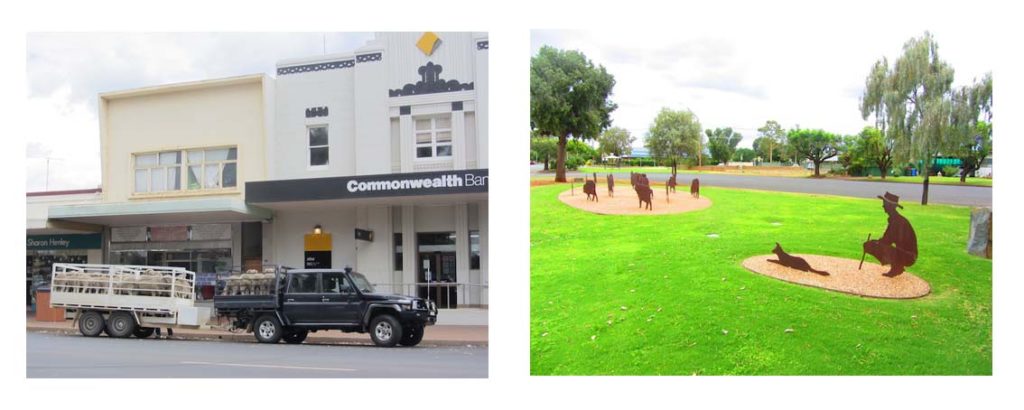
Image: Nyngan
As I was driving back to Sydney on my last day, I stopped in Nyngan to see a beautiful public sculpture of a farmer moving with his herd of sheep. A couple of meters away there was an actual farmer putting together his sheep at the back of his ute. A museum’s potential in engaging the community lies in bringing together the farmer in the sculpture, the farmer today, and the person taking the pictures – the ‘visitor’ in a space where they can talk to each other freely and develop a genuine appreciation of each others stories and lives.

Mantej Singh
Mantej Singh holds a Master’s Degree in Arts Administration (Honours) and a Graduate Diploma in Arts Administration from the University of New South Wales, Sydney. He has more than 15 years of experience across community and cultural sector and has managed operations and planning for a diverse range of community and cultural facilities and developed and delivered strategies to build audiences and activate places.
[i] http://www.gilgandra.nsw.gov.au/community/cultural-heritage/heritage-centre
[ii] http://www.gilgandra.nsw.gov.au/community/about-gilgandra
[iii] https://www.visitnsw.com/destinations/outback-nsw/bourke-area/bourke/attractions/back-o-bourke-exhibition-centre
@ all images in this article are by the author.
ReReeti works with museums, galleries and heritage sites across India to plan strategies, design systems and implement programmes to increase audience engagement and institutional visibility. Email us at info@rereeti.org for a free consultation or to collaborate on an upcoming travelling exhibition.







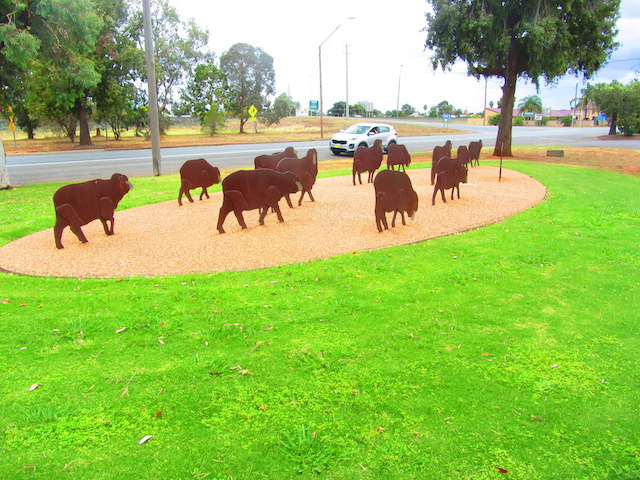
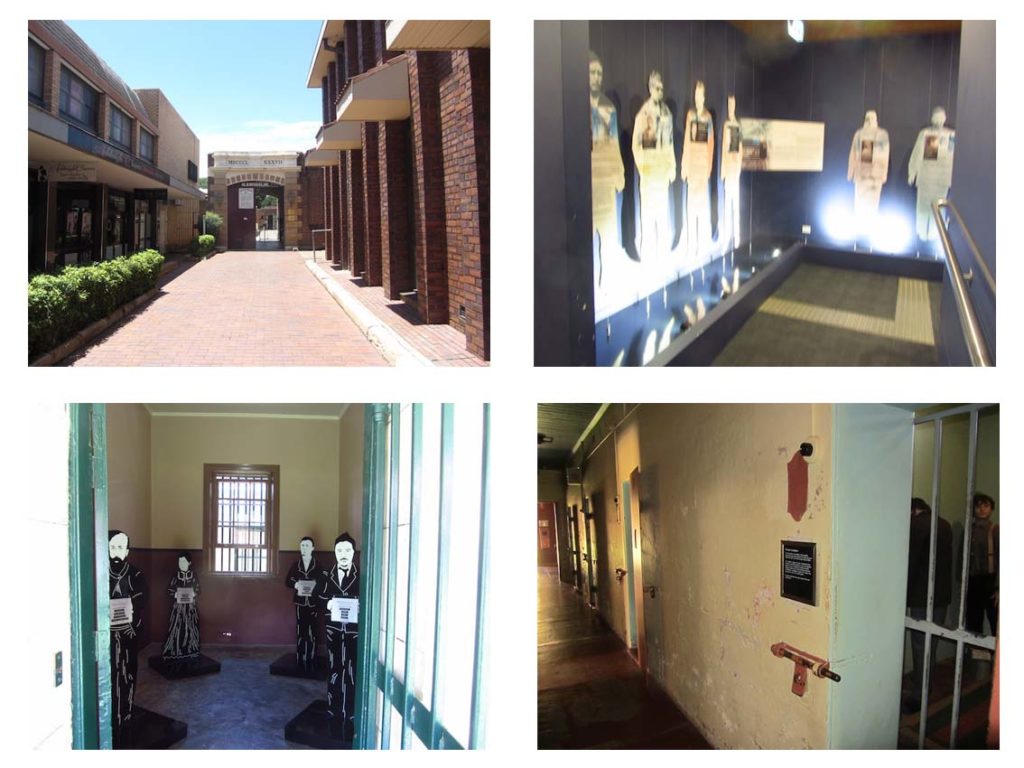
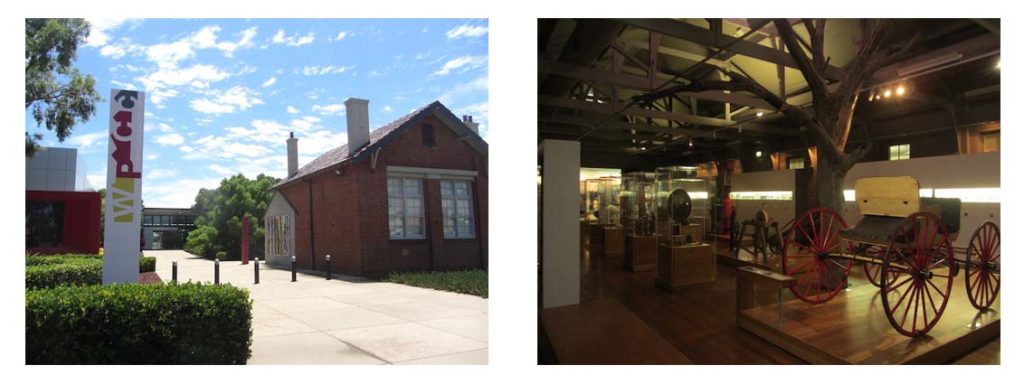
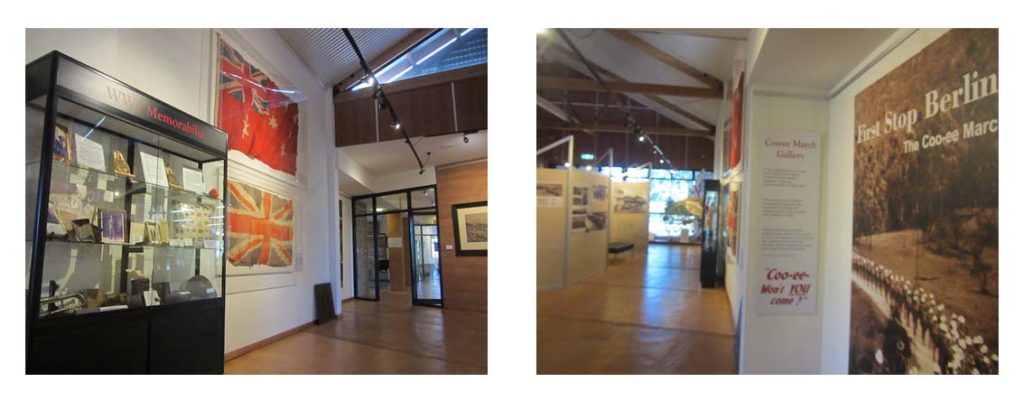
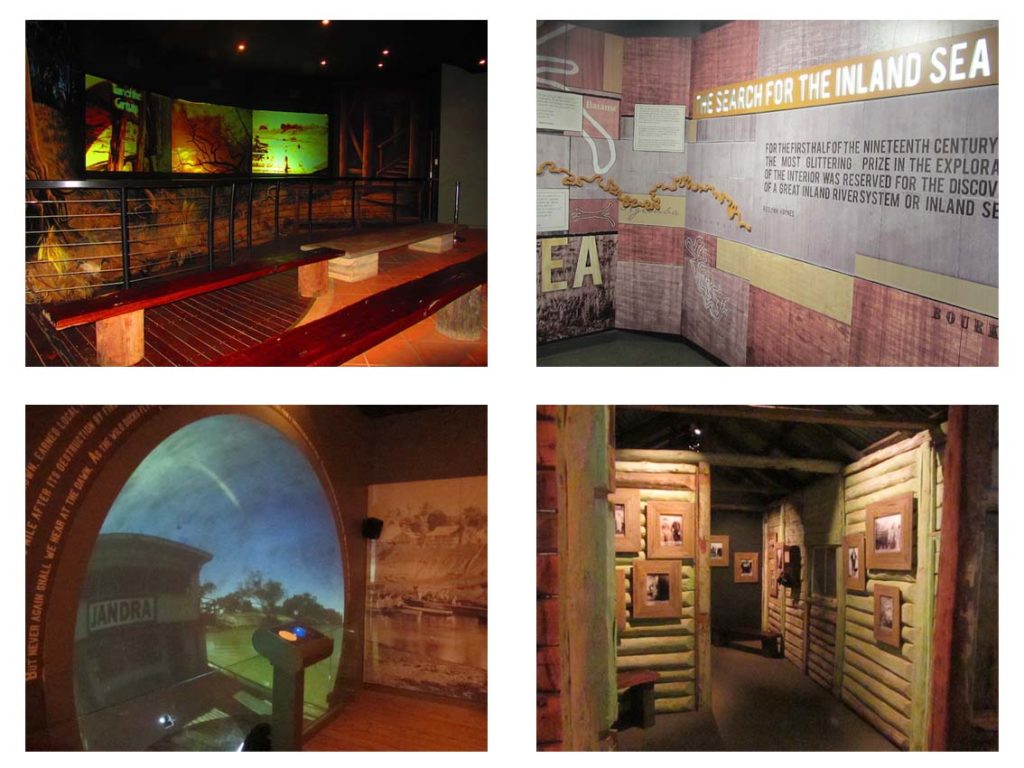
Recent Comments